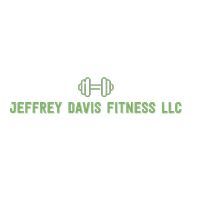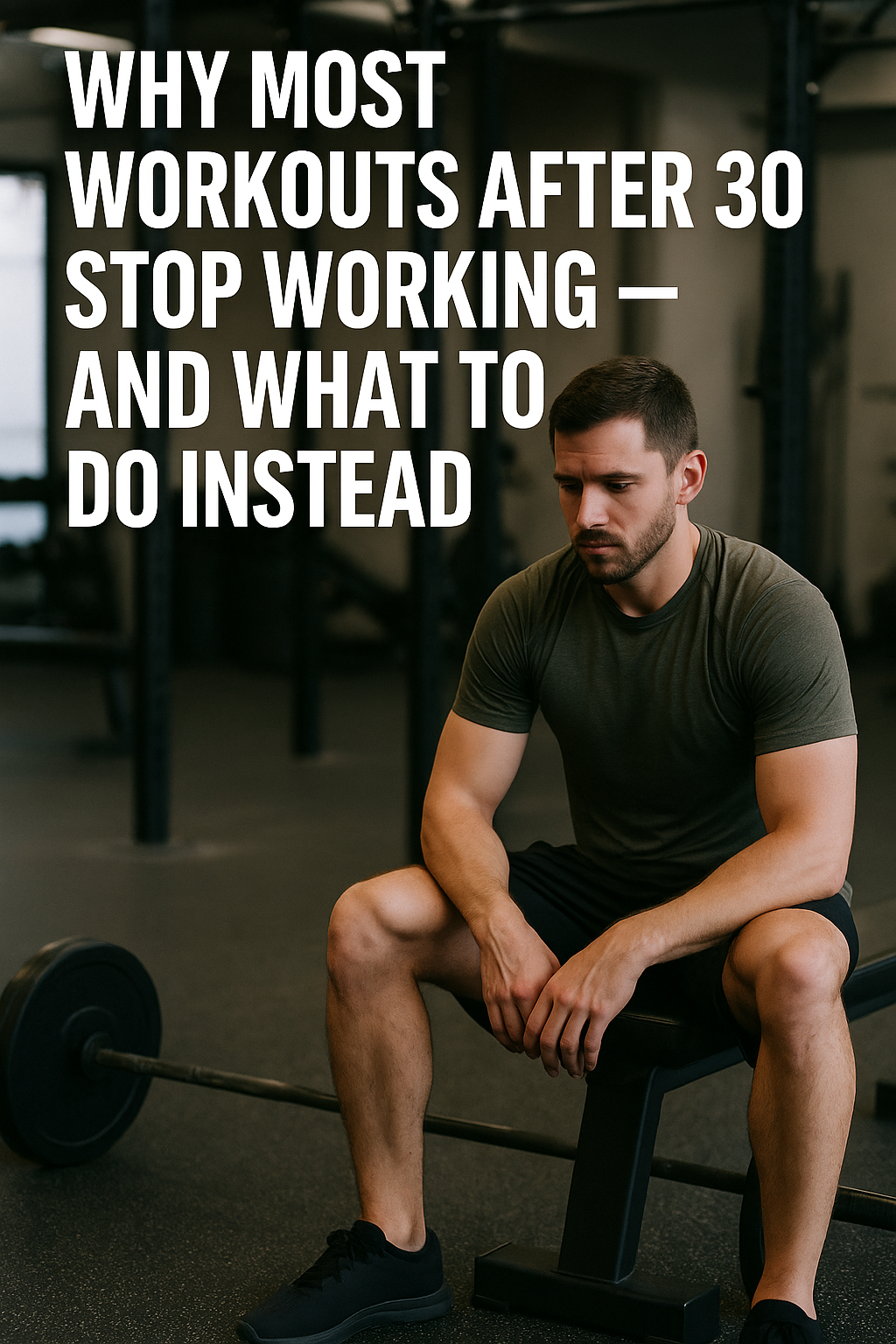The Benefits of Strength Training for Women
The benefits of strength training for women
For too long, there has been a misconception that strength training is just for men and that women who lift weights will look bulky and manly. However, this couldn't be further from the truth. In fact, strength training has a host of benefits for women, both physically and mentally. Here are some of the benefits:
Increased Muscle Mass
One of the most obvious benefits of strength training is increased muscle mass. Women who strength train regularly can build lean muscle tissue, which can help improve overall strength and tone the body. This can lead to improved body composition and a leaner, more defined physique.
Improved Bone Density
Strength training is also great for improving bone density, which is important for women, especially as they age. By placing stress on the bones through resistance training, women can help prevent osteoporosis and other bone-related issues.
Better Posture and Balance
Strength training can also help improve posture and balance, which is important for overall health and well-being. By strengthening the muscles that support the spine and improving overall stability, women can reduce their risk of falls and injuries.
Increased Metabolism
Strength training can also help boost metabolism, which can lead to increased calorie burn and weight loss. As women build lean muscle tissue, their bodies require more energy to maintain that muscle, which means they burn more calories throughout the day.
Dispelling the Myths
Despite these many benefits, there are still myths surrounding strength training for women, particularly the idea that lifting weights will make women look bulky and masculine. However, this couldn't be further from the truth. Women simply don't have the testosterone levels necessary to build large amounts of muscle mass, and even if they did, it would take years of intense training to achieve that look.











